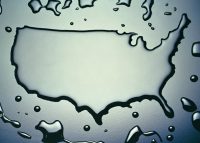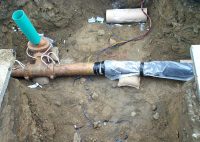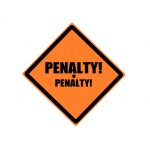What They’re Saying about WOTUS
What WOTUS Does Briefly, WOTUS redefines which waters are waters of the United States and, by doing so, decides whether your project will need a permit. According to the EPA, the rule does not alter existing exemptions from Clean Water Act (CWA) jurisdiction, including exemptions for normal farming, ranching, and silviculture activities. The major and most […]










